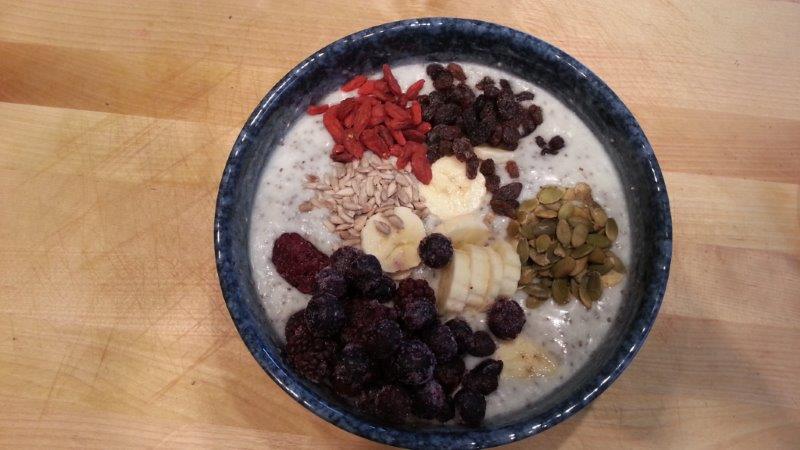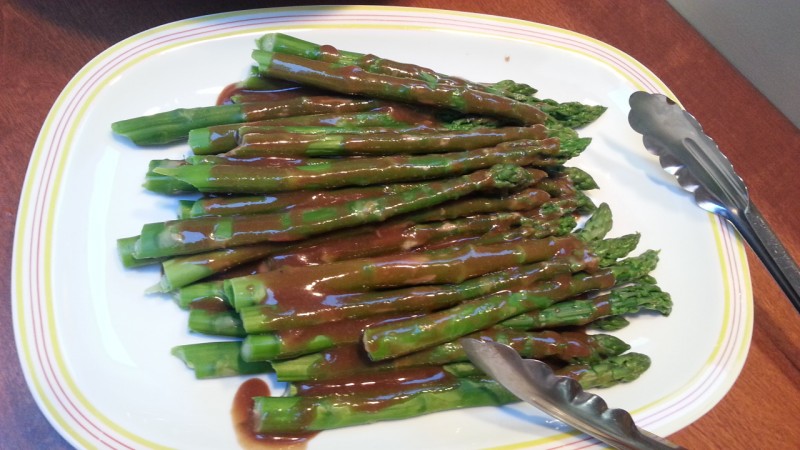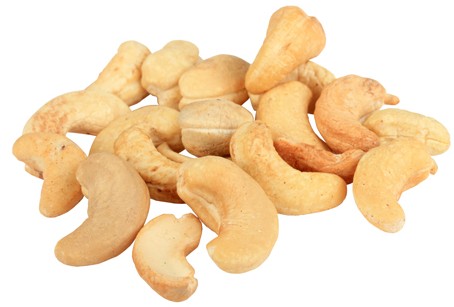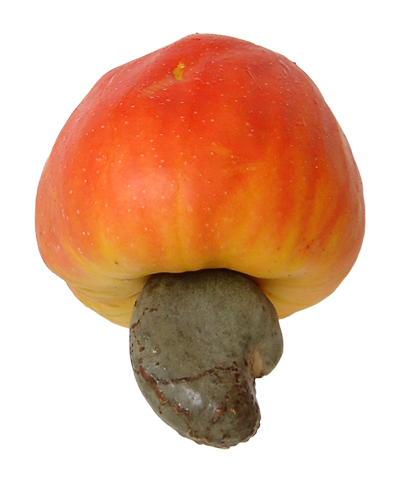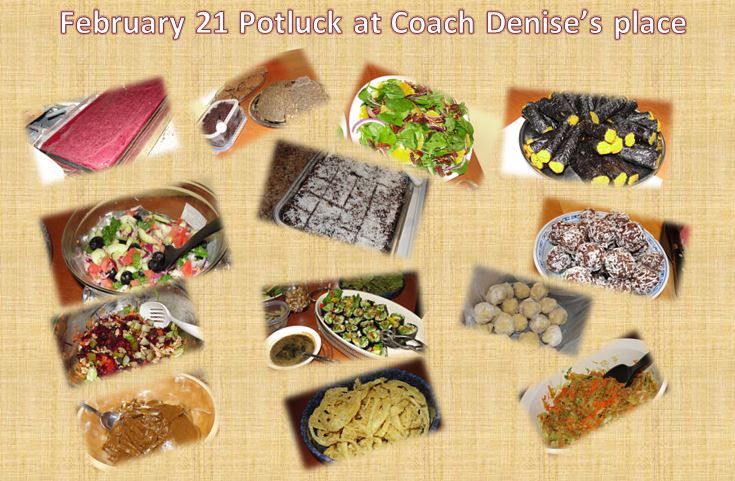Don’t be fooled by the size… these tiny seeds pack a powerful nutritional punch.
A 1 ounce (28 grams) serving of chia seeds contains:
• Fiber: 11 grams.
• Protein: 4 grams.
• Fat: 9 grams (5 of which are Omega-3s).
• Calcium: 18% of the RDA.
• Manganese: 30% of the RDA.
• Magnesium: 30% of the RDA.
• Phosphorus: 27% of the RDA.
• They also contain a decent amount of Zinc, Vitamin B3 (Niacin), Potassium, Vitamin B1 (Thiamine) and Vitamin B2.
Combat Diabetes
Chia is being studied as a potential natural treatment for type-2 diabetes because of its ability to slow down digestion. The gelatinous coating chia seeds develops when exposed to liquids-can also prevent blood sugar spikes.
Get More Fibre
Just a 28-gram or one-ounce serving of chia has 11 grams of dietary fibre — about a third of the recommended daily intake for adults. Adding some chia to your diet is an easy way to make sure you’re getting a good amount of fibre, which is important for digestive health.
Stock Up On Omega-3
Chia seeds are packed with omega-3 fatty acids, with nearly five grams in a one-ounce serving. These fats are important for brain health. “There’s better conversion of omega 3s into the plasma or into the food than with flax seed,” said researcher Wayne Coates.
Stronger Teeth And Bones
A serving of chia seeds has 18 per cent of the recommended daily intake for calcium, which puts your well on your way to maintaining bone and oral health, and preventing osteoporosis.
Don’t Forget Manganese
Manganese isn’t a well-known nutrient, but it’s important for our health: it’s good for your bones and helps your body use other essential nutrients like biotin and thiamin. One serving of chia seeds, or 28 grams, has 30 per cent of your recommended intake of this mineral.
Plenty Of Phosphorus
With 27 per cent of your daily value for phosphorus, chia seeds also help you maintain healthy bones and teeth. Phosphorus is also used by the body to synthesize protein for cell and tissue growth and repair.
Pack In The Protein
Chia seeds also make a great source of protein for vegetarians and don’t have any cholesterol. One 28-gram serving of these super seeds has 4.4 grams of protein, nearly 10 per cent of the daily value.
Fight Belly Fat
Chia’s stabilizing effect on blood sugar also fights insulin resistance which can be tied to an increase in belly fat, according to Live Strong. This type of resistance can also be harmful for your overall health.
Get Full. Faster
Tryptophan, an amino acid found in turkey, is also found in chia seeds. While tryptophan is responsible for that strong urge to nap after a big Thanksgiving dinner for example, it also helps regulate appetite, sleep and improve mood.
Improve Heart Health
According to the Cleveland Clinic, chia seeds have been shown to improve blood pressure in diabetics, and may also increase healthy cholesterol while lowering total, LDL, and triglyceride cholesterol. All good news for your ticker!
Thanks to these sites for the references:
www.huffingtonpost.ca/2013/06/03/chia-seed-benefits-_n_3379831.html
authoritynutrition.com/11-proven-health-benefits-of-chia-seeds/

